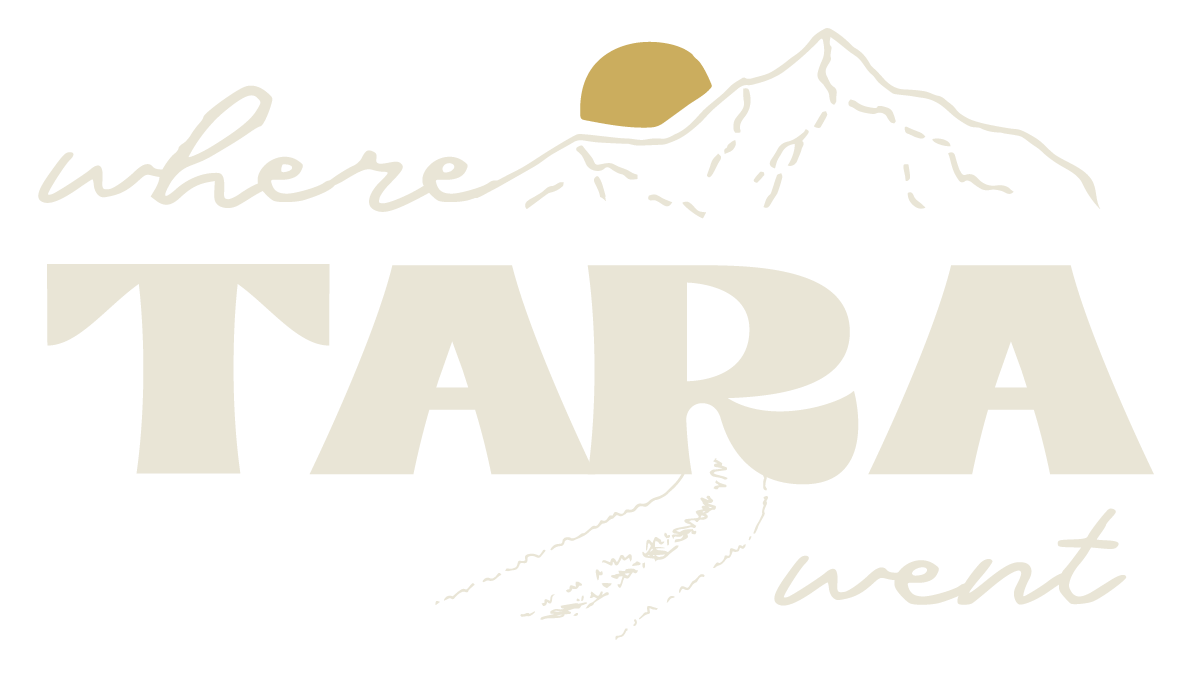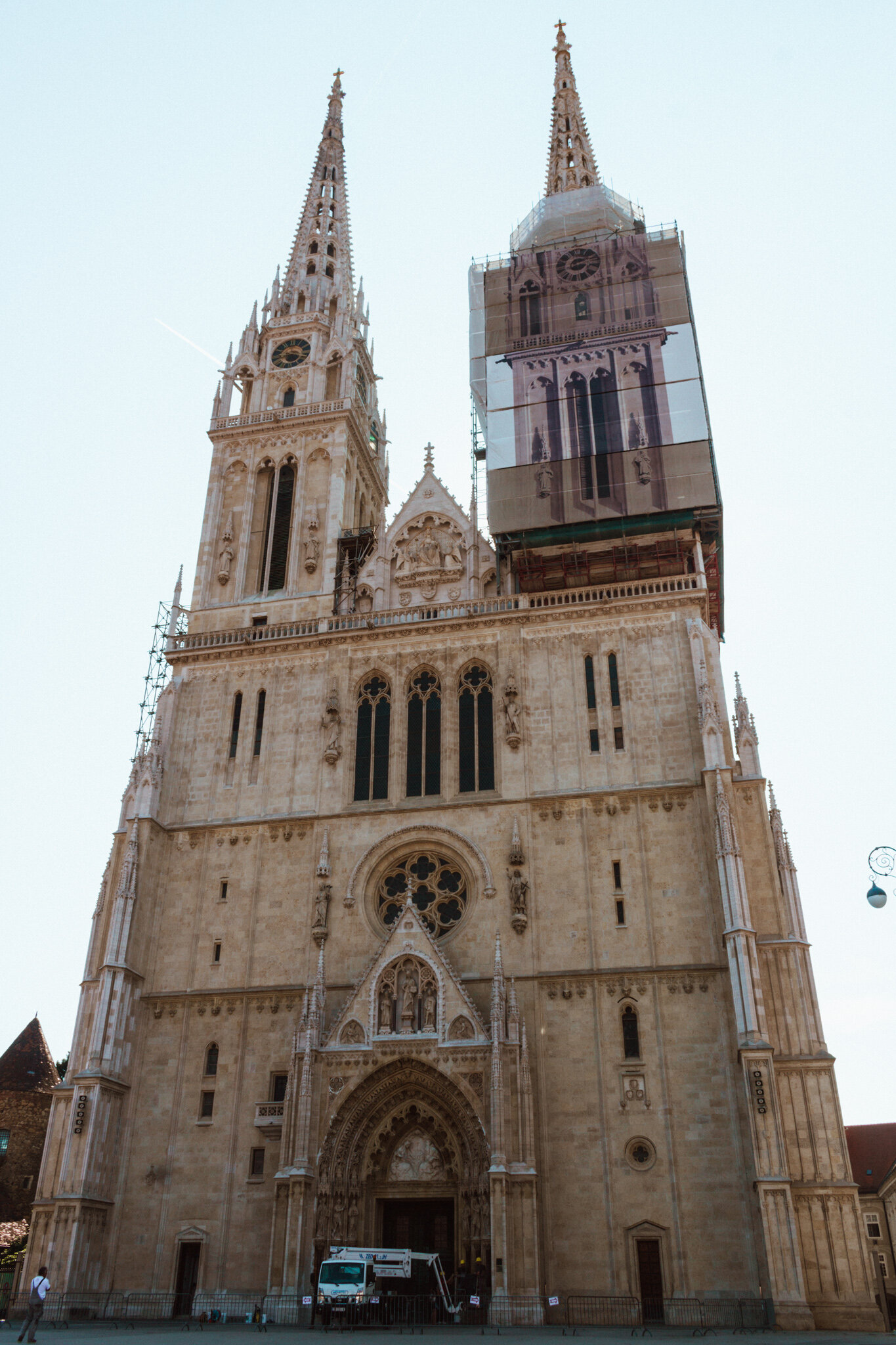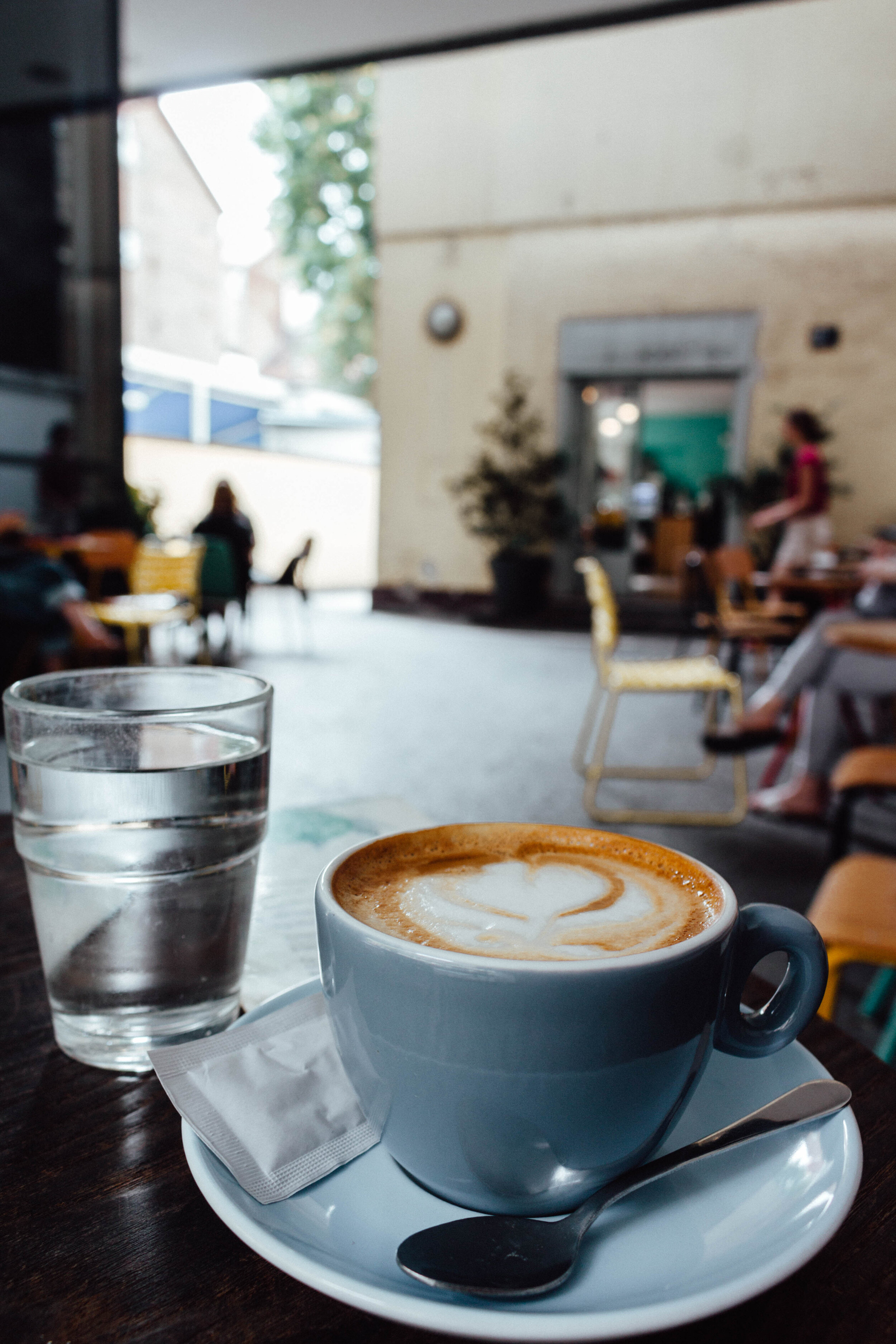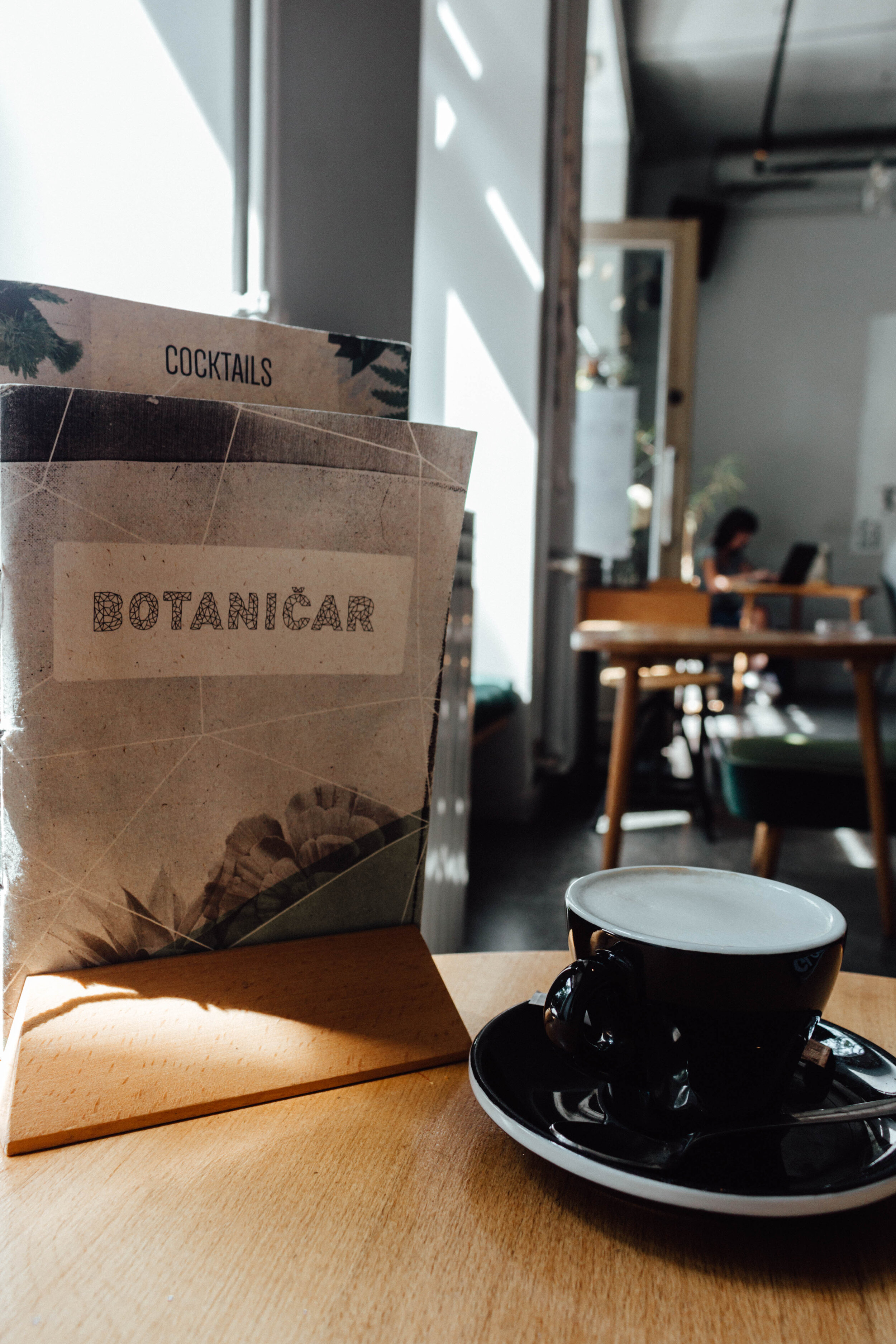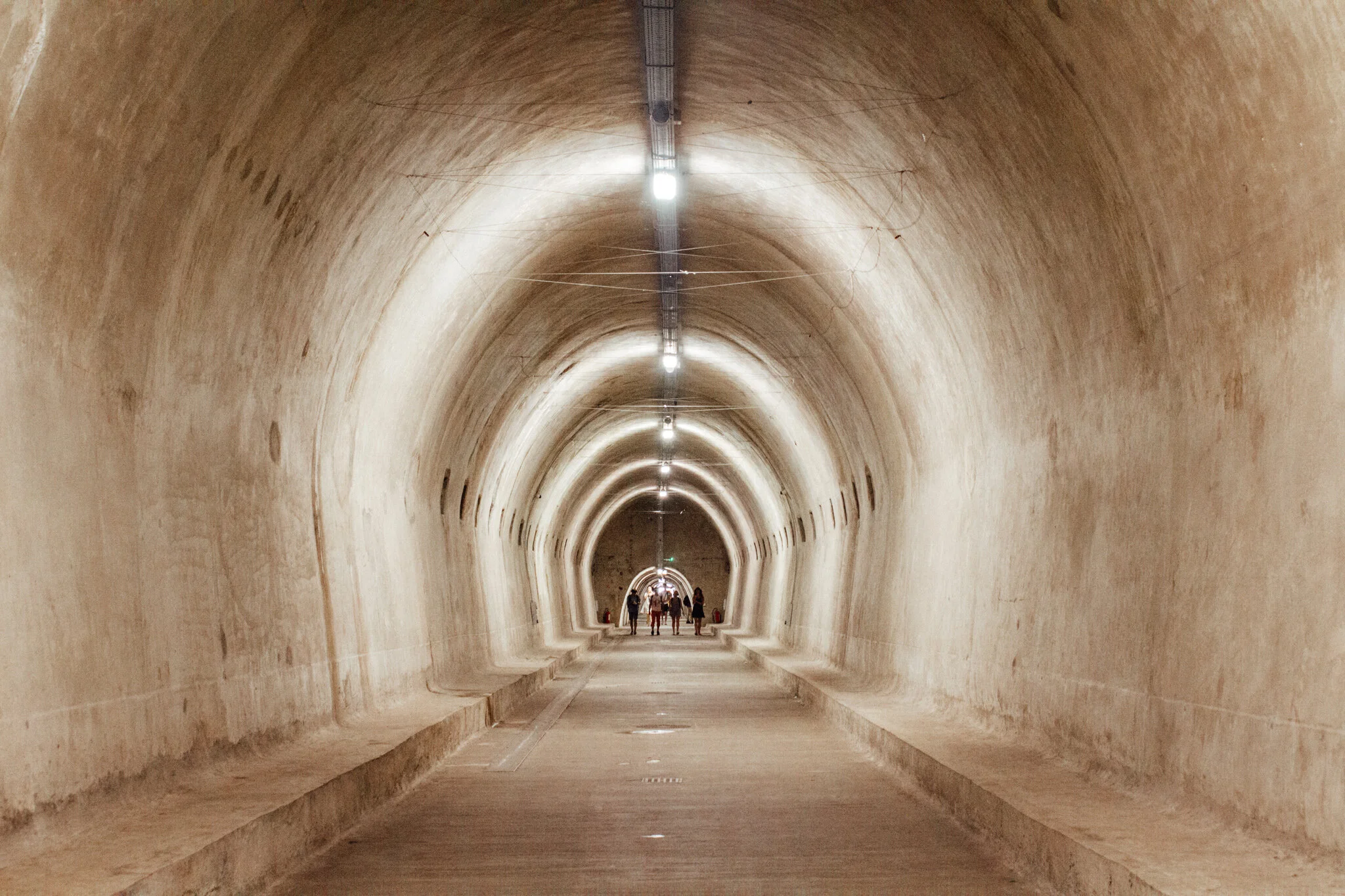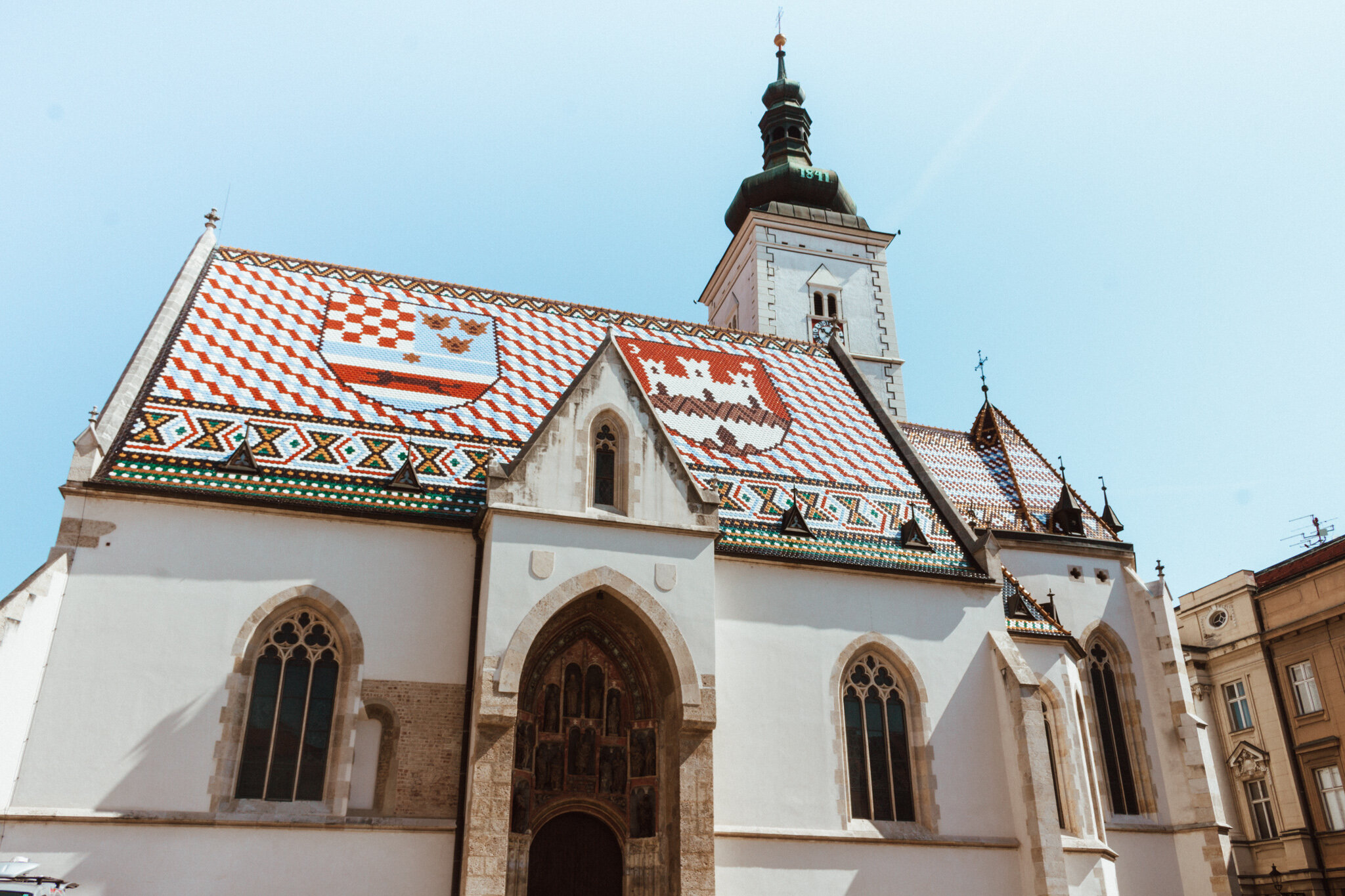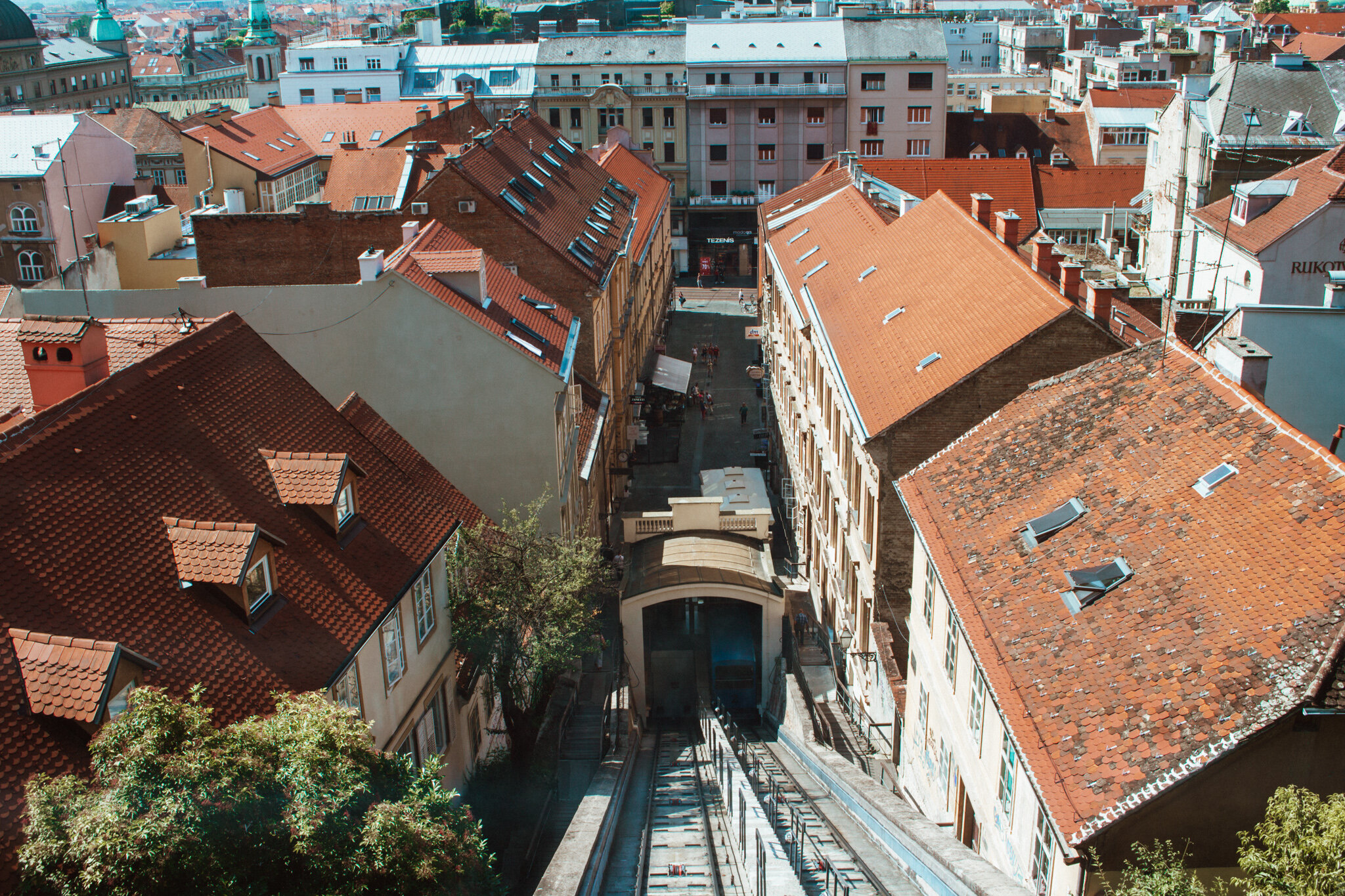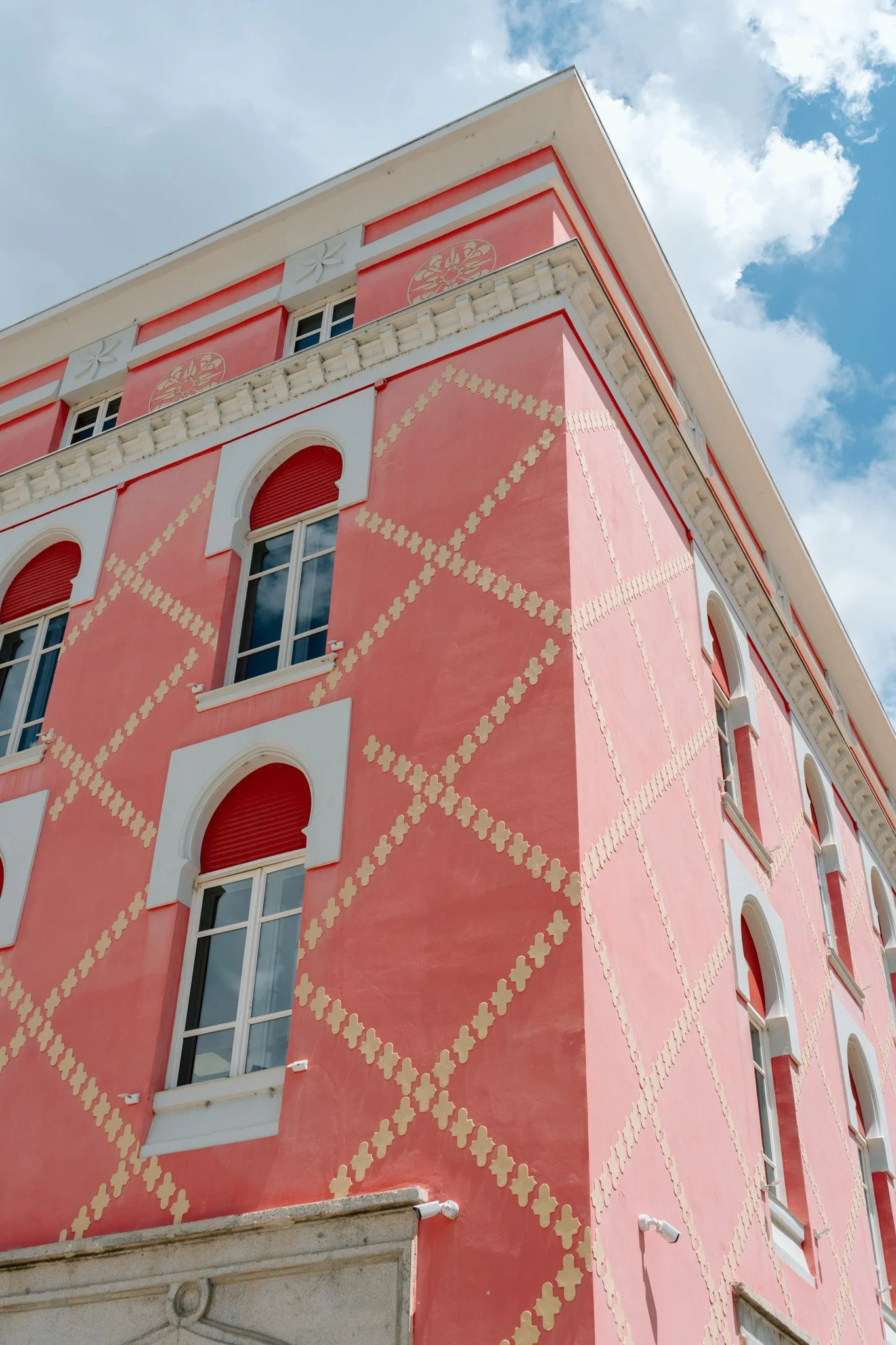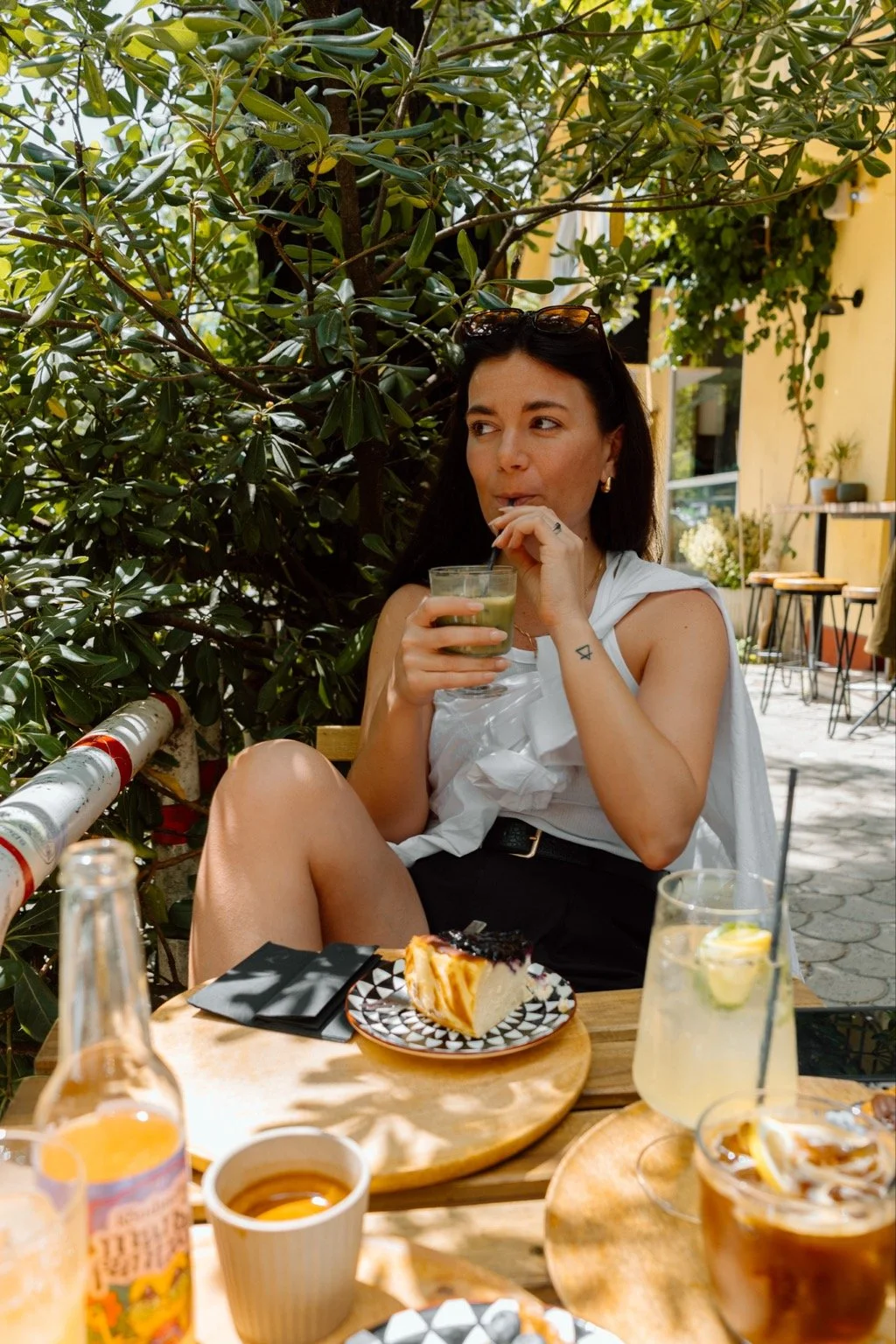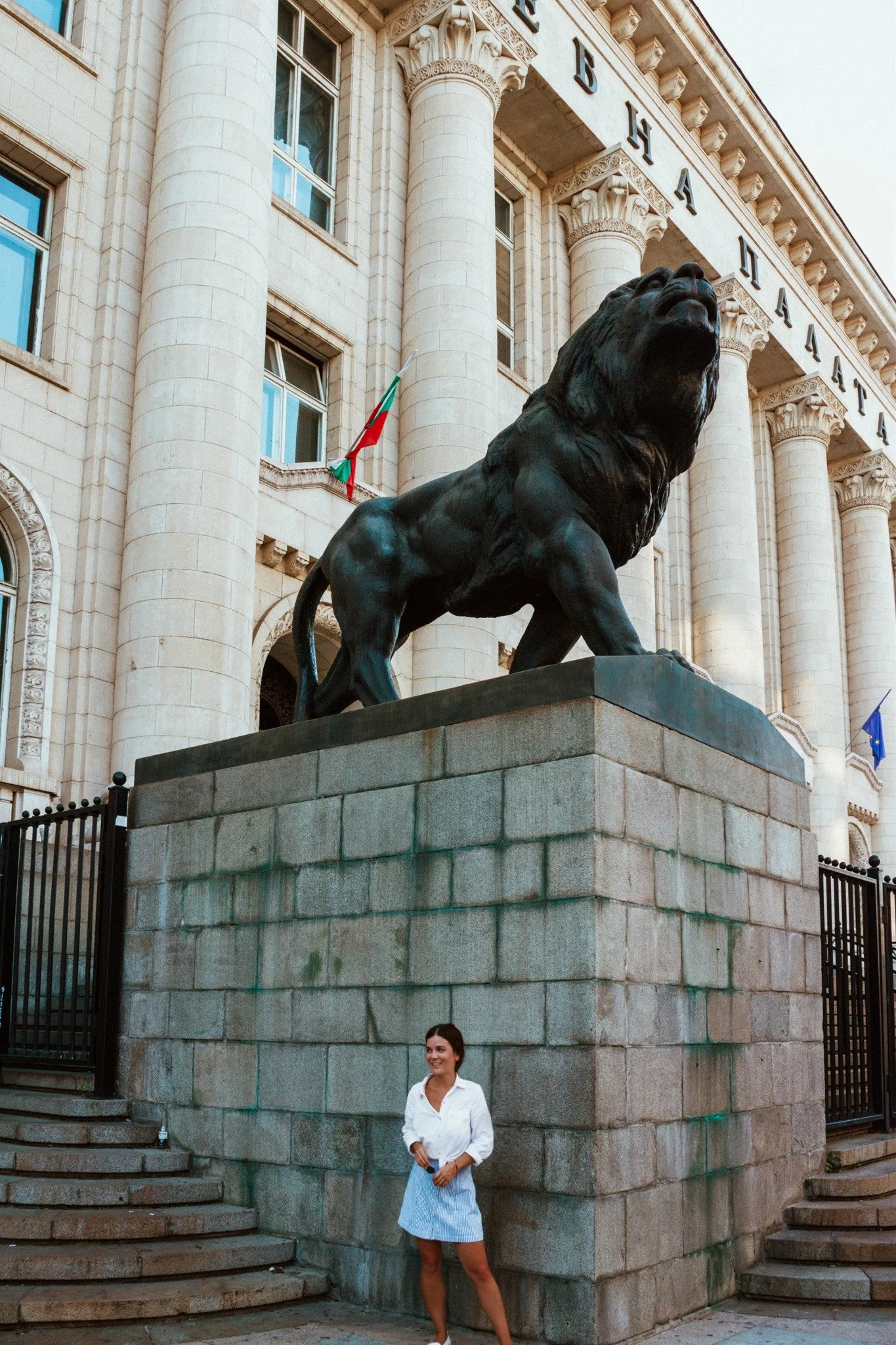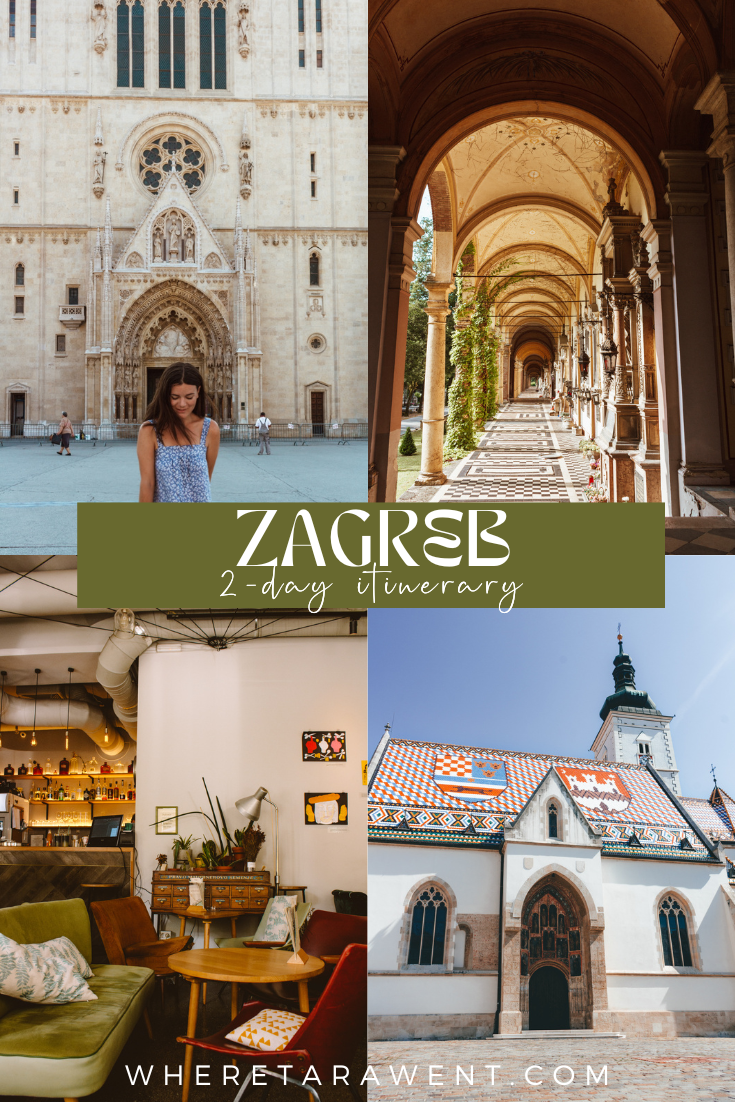2-Day Zagreb Itinerary: How to See the Best of Zagreb in 2 Days (Updated for 2025)
This comprehensive 2-day itinerary for Zagreb, Croatia includes everything you need to know to plan a 2-day trip. Whether you’re a traveler in search of quirky museums, great coffee, or unique history, Zagreb has something for everyone.
I spent nearly a week in Zagreb, wandering around its historic streets, hopping from one cutesy café to another, and spending hot summer afternoons in the city’s many museums. My time in the Croatian capital allowed me to find the best things to do and the most mouthwatering places to eat so that I could curate this 2-day itinerary to share with you!
Full disclosure: I went to Zagreb with very few expectations. I, like every other tourist, came to Croatia for the coastline. Continental Croatia, however, breathed something different. Zagreb had fewer crowds and better coffee, prices, and customer service than Dubrovnik and Split. Even after we left Zagreb for other Croatian destinations, Luke and I talked endlessly about how Zagreb doesn’t get the attention it deserves.
The city was sprinkled with a hidden quirkiness I really enjoyed. Blessed with sunny weather during our summer excursions, we managed to scope out some of the coolest things to see and do in Zagreb. Thus, I’ve created a 2-day itinerary for your future travels. I’m here to show you how to spend two perfect days in Zagreb so that you can find the same enjoyment in the city.
quick facts about zagreb
LANGUAGE | Croatian CURRENCY | Euro POPULATION | 790,000
getting to Zagreb ↴
Zagreb is serviced by Franjo Tuđman Airport. There are many cheap flights from across the continent available through budget airlines. While the flights across Europe are incredibly easy on your wallet, they aren’t good for the environment and they tend to nickel-and-dime you (i.e. making you pay for your carry-on, then again for your luggage, then again for a window seat, then again if you want water and snacks on the plane, etc.).
Like most of our European escapades, we arrived via bus. Europe is very connective by trains and buses, so it makes sense to try and get to the city using one of the more eco-conscious options available.
how to get around Zagreb ↴
Zagreb is a relatively small city and it’s incredibly pedestrian-friendly. That doesn’t mean there isn’t plenty to do there, it just means it’s easy to get around on foot. I always suggest walking when possible as it’s super sustainable and free. Walking around the city really is the best way to see every nook and cranny, and you can go your own pace!
If walking isn’t right for you, the public transportation in Zagreb is also a shout. There are busses and trams throughout the city that make getting anywhere you need to go a breeze. Public transport in Zagreb is also very affordable. We took a bus to Mirogoj Cemetery and it was relatively uncomplicated.
where to eat + grab groceries in Zagreb ↴
Zagreb is known particularly for its bumping bar scene, but Luke and I didn’t take advantage of the nightlife. Instead, we had many picnics in parks and enjoyed a plethora of cafés. Here are the places we recommend you eat, grab coffee, and pick up your groceries {ie. picnic snacks}.
breakfast + coffee
Botaničar | coffee done right in a vibey café that serves cocktails later in the day
Cogito Coffee Shop | specialty coffee roasted locally in Zagreb
Otto + Frank | a funky bistro in the heart of Zagreb serving hearty brunch + comfort foods
READ MORE | 11 of the Best Cafés You Can’t Miss in Zagreb, Croatia
lunch + dinner
Didov San (translates to “Grandpa’s Dream”) | traditional Croatian food served in a cozy restaurant down a cobblestone street
Zinfandel's Restaurant | a fine dining experience in a sophisticated setting
Heritage | Croatian street food
groceries
SPAR supermarket | for bits and bobs
Dolac Market | for locally-sourced and fresh produce
what to see + do in Zagreb ↴
In case you want to create your own itinerary for your time in Zagreb, here are the things I most highly recommend doing with your time in the capital city. Pick what interests you and add it into the itinerary (below) if you have extra time.
Zagreb Cathedral
The Zagreb Cathedral is a Roman Catholic house of worship that doubles as the tallest building in Croatia, standing 108 meters high. The Cathedral has been closed for renovations since the 2020 earthquake and it is unknown when it will re-open. However, we walked around the outside of the Gothic cathedral and were in awe of its architecture.
Image of War – War Photography Museum
The War Photography Museum houses a collection of photos from the Balkans War of the 1990s. Most of the photos in the museum were taken throughout Croatia, capturing harrowing scenes from places that are now popular amongst tourists, including Dubrovnik and Zagreb. There are also photos from Sarajevo, Bosnia and Herzegovina. While the subject matter is undoubtedly heavy, the photography on display provides historical context to the region and evokes strong emotions.
ride the Zagreb Funicular
The Zagreb Funicular is one of the shortest cable cars in the world. Having opened in 1890, it is the oldest mode of public transport in Zagreb. The funicular was steam-powered until 1934 and takes 60 seconds to get you from Tomićeva Street to the Strossmayer Promenade. It costs less than a euro one way and runs every 10 minutes from Lower Town to Upper Town.
Museum of Contemporary Art
Zagreb’s Museum of Contemporary Art is an afternoon well-spent for any modern art lover. The mission of the museum is to encourage an understanding of contemporary art through expertly curated exhibitions. The museum, which was founded in 1954, now boasts over 12,000 works of art from local and international artists. The museum is located a bit outside the city center, but it’s easily accessible via Zagreb’s public transport.
stroll through Tunnel Grič
What once was a World War II bomb shelter has now turned into a pedestrian tunnel that frequently holds exhibitions of local artwork. It’s the only tunnel as part of Zagreb’s underground network that’s open to the public. Honestly, it’s quite spooky, even in the middle of the day, but the history attached is rather cool and the photographs on display when we visited made it feel super artsy.
marvel at the colorful roof of St. Mark’s
It’s not hard to spot St. Mark’s Church— it has the most colorful rooftop in the city. The church dates back to the 13th century, but its roof wasn’t constructed until 1880. There are two identifiable images that cover the roof. The medieval coat of arms for Croatia, Slavonia, and Dalmatia sits on the left, and Zagreb’s city emblem sits on the right.
cry at the Museum of Broken Relationships
By far and away the coolest, saddest, favorite thing we did in Zagreb was visit the Museum of Broken Relationships. Located in the Upper Town, this museum showcases objects and mementos from broken relationships across the world.
Champagne bottles, dildos, high heels, playing cards, a wedding dress, and an axe are just some of the many objects that are exhibited throughout the museum. Each object is accompanied by a note to depict the object’s significance. Some made me laugh, others made me cry.
take a free walking tour of Zagreb
Are you even shocked? Every European capital has a free walking tour, and it really is a great budget way to get introduced to any new city. Zagreb is no exception. Zagreb’s free walking tour takes just under 2 hours and divulges history and cultural points you might otherwise not know about! The guide will take you from the main square of the city all through the top tourist attractions and city landmarks. There was so much about Zagreb that I was ignorant of before the tour. I didn’t know about the Croatian War of Independence at all— woah, right?
peep the views from Zagreb 360°
Temporarily closed.
Zagreb 360° is an observation deck on the 16th floor of a building that offers panoramic views of the city. The terracotta roof tiles and church steeples below look beautiful, especially in the evening when the sunshine isn’t glaring through the glass. Tickets at the time of publishing are roughly USD $9.40 for adults, and children have free admission. You can purchase tickets ahead of time on the website here.
Dolac Market
Zagreb’s open-air Dolac Market in the main city square has all the fresh fish, flowers, cheese, produce, and souvenirs. It’s a great place to pick up locally-sourced snacks or dinner fixings. There are also trinkets like magnets and scarves that say “Croatia” or baseball caps with coats of arms, but many of them are mass-produced. Support the artisans and look for those take-home items that are handcrafted if you can.
pick up a “licitar”
While wandering around Zagreb, you might notice the many red, heart-shaped cookies around the city. They’re called “licitars” and are a traditional symbol of the city. These take weeks to prepare and are most similar to a honey cookie. Once baked, the cookies are glazed and frosted with personalized messages and patterns. Licitars are such a deep part of the identity here that they are recognized by UNESCO are a symbol of northern Croatian culture.
Lower Town
The Lower Town was built below the more famous Upper Town of the city, but I firmly believe Lower Town is equally, if not more, beautiful. Lower Town is filled with Art Noveau architecture and pretty building details. While many tourists who are short on time stick to Upper Town, I highly recommend wandering the streets of Lower Town with its lovely townhouses and green spaces. This part of the city also houses many of Zagreb’s museums, art galleries, and cafés.
Mirogoj Cemetery
Mirogoj cemetery is the most important cemetery in Croatia. It is the final resting place for many famous Croatians, and trust me when I say it’s beautiful. The cemetery was designed by Hermann Bollé, a famous Austro-Hungarian architect, who is also buried there. Since it is owned by the city of Zagreb and not the church, people can be buried here regardless of their religious affiliations. If you respectfully stroll around the gravestones, you’ll see burial sites for people who are Muslim, Jewish, Orthodox, Catholic, and just about everything in between. The most “important” burial sites marking the resting places of the most notable people can be found in ornate mausoleums.
The cemetery is slightly outside the city center, so I recommend taking the public bus to Mirogoj. You can catch the 106 bus near the Zagreb Cathedral and ride it to the entrance gate of the cemetery.
suggested 2-day itinerary for Zagreb ↴
day 1
Breakfast at Frank + Otto
Walk to Dolac Market
Take the free walking tour of the city
Picnic lunch in Art Parks
Visit the Museum of Contemporary Art
Dinner at Didov San Restaurant
day 2
Morning coffee at Botanicar
Take the funicular to Upper Town
Get emotional at the Museum of Broken Relationships
Visit the War Photography Museum
Buy a licitar as a pre-dinner treat
Head to the Zagreb 360° for views of the city at golden hour
where to stay in Zagreb ↴
We found Zagreb accommodation to be relatively affordable, especially in comparison to Dubrovnik and other more popular Croatian tourist destinations. The city is well-connected with public transport and is also quite walkable, so finding a specific location isn’t critically important.
Budget stays
Chillout Hostel Zagreb | Private and hostel rooms on offer to suit anyone’s budget.
Stay Swanky Hostel | Funky decorations make this lively space a great social spot for budget travelers.
Mid-range stays
Hotel Jägerhorn | Comfortable rooms with modern amenities and a complimentary breakfast
DoubleTree by Hilton Zagreb | You know what to expect here; a classic Hilton hotel in a good location.
Luxury stays
Hotel Jarun | In a quiet area outside the city centre, near Lake Jarun, but still well connected.
Hotel President Pantovcak | A centrally-located hotel with spacious rooms.
We love using Booking.com to book the best places to stay around the world.
map ↴
Find everything you need for the perfect 2-day itinerary in Zagreb, Croatia on the map below.
